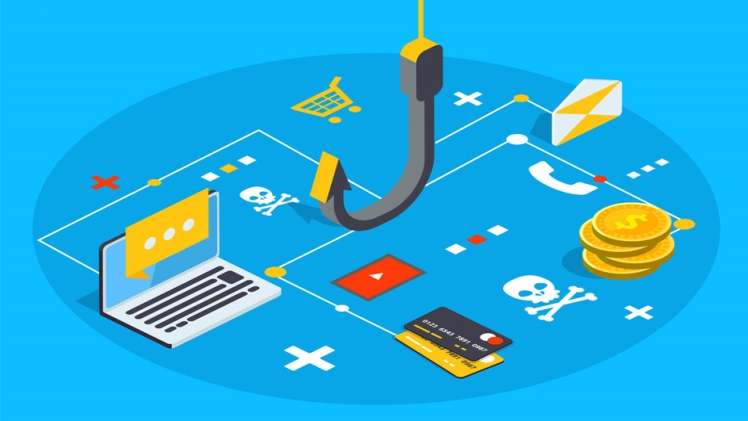Zero-Day attacks happen quite unpredictably and are not easy to protect against as it occurs by exploiting the unknown vulnerabilities. To explain it a bit better; let’s suppose, you left your house for a vacation. And while you are away, a thief plans to visit your house. Even though you made sure to lock your house properly, the burglar discovers that the back door lock is broken. The bad guy took this opportunity to enter your home and then he proceeded to steal your valuables. Now, think of your home as software, and the broken lock as a vulnerability. This is how zero-day exploits are performed!
Many people think zero-day exploits are tools that are created by cybercriminals. You will be a bit surprised to know that different government agencies are also eager in getting them to either conduct their own cyberattacks or to use them in surveillance. All this may make one wonder about what a zero-day attack really is. Why is it dangerous and how it is used? This article will discuss just that!
Zero-Day Attack: What Is It
As stated earlier, a zero-day attack happens when hackers discover a vulnerability in the software which is unknown to the vendor. And since they are unaware of it, there will be a minimum defense to block the attack which increases the chances of a hacker to succeed. However, once the vulnerability is known then it depends on how quickly the vendor develops a patch to stop the assault from happening. Some of the most famous attack vectors are programs that are frequently used such as common file types like PDF, Excel, and Word.
Difference Between Zero-Day Vulnerabilities, Exploits, & Attacks
People sometimes get confused with these terms and use them interchangeably which is not correct. So, let’s get to know each one of them.
1. Zero-Day Vulnerability
It refers to the security weakness in firmware, software, or hardware that is not yet known to the vendors. So, there are no patches to fix them. These vulnerabilities are only discovered when an attack takes place.
2. Zero-Day Exploits
It is a code or a method that hackers use to take advantage of unknown vulnerabilities. They can use these codes to perform an attack. Cybercriminals are usually smart. They sometimes create zero-day exploits and wait for the right time to strike. This helps the hackers to do more damage.
3. Zero-Day Attacks
This happens when cyber criminals make use of the zero-day exploits. When the attack happens, this is when the vulnerability is discovered.
Why Are Zero-Day Attacks/Exploits So Dangerous?
Zero-day exploits got their name due to the fact that they have been known by vendors for zero days. Although it is true that patches can fix vulnerabilities but since vendors have been unaware of them, there is nothing that they can do. Plus, these patches cannot be created instantaneously. In fact, it may take several days or maybe weeks to create them. This will give enough time for the hackers to carry out their attacks without any issues. This also means that users would have no choice but to use the compromised system which will expose their personal data.
Who Are the Targets of Zero-Day Attacks?
Hackers who do zero-day attacks usually go for bigger targets that can give them something of value. These targets can be the following
- Large organizations and businesses
- Government agencies
- Software with a large number of users such as browsers or operating system
- Individuals who have access to high-value information
The Process of Zero-Day Attacks
Now that you have an idea about zero-day attacks and why they are dangerous, let’s ponder upon its process.
-
- First, a software developer creates a vulnerability unknowingly.
- The software is launched but then a malicious user discovers the vulnerability.
- A zero-day exploit is then created by the hacker to take advantage of that vulnerability and then deploy it through an attack.
- The vulnerability gets found by the vendor due to the zero-day attack but there is no fix for the problem.
- People are now warned about the dangers.
- If zero-day malware is used, then antivirus signatures are issued. Security vendors then identify the signature and update their definitions to provide protection.
- The vendors then finally create a path to deal with the vulnerability.
- The public receives the patch which they can use to get rid of the vulnerability.Visit this site moviespur to get more info and also learn more about openload where you can download the newest movies at no cost.
Conclusion
A zero-day attack happens without any warning. This is what makes it so difficult to contain these threats. And the fact that the hackers use it to attack high-profile targets makes it even more threatening. But as long as you follow general security guidelines and best practices then you will be able to minimize damage. It is also recommended to apply patches as soon as they become available. Also, always be cautious whenever you are using the internet as there is a chance that you may download malicious files unknowingly that can corrupt your system. This is why I protected my laptop with the antivirus that was provided to me when I selected the Ultra internet plan from the different Spectrum deals offered by the company. You too can consider installing antivirus on your system to stay safe from online threats at all times.

